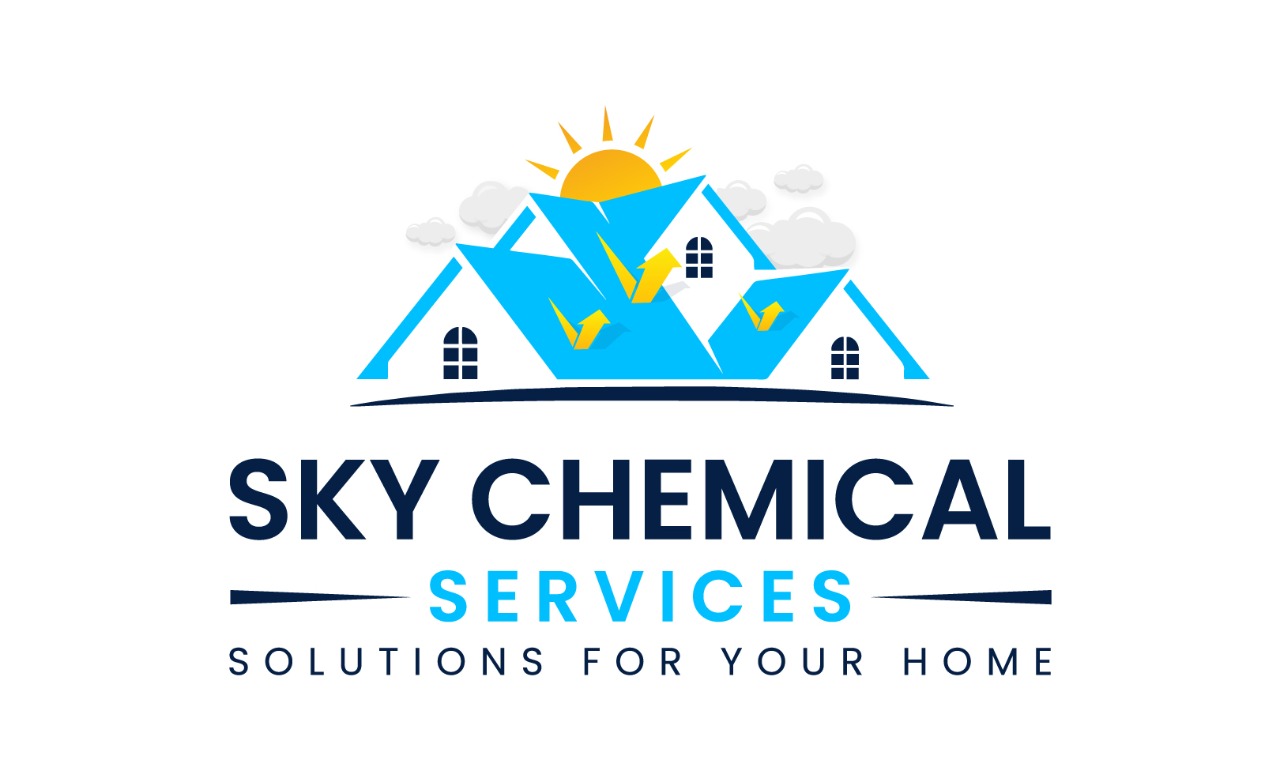In the construction and infrastructure industry, waterproofing is an essential measure for safekeeping closed structures (homes, buildings, warehouses, etc.) from moisture ingress. Various materials, such as bitumen and EPDM are applied to maintain roofs, terraces, and interior spaces. Polyurethane is touted as the best waterproofing material amongst all. However, determining the true “number one” waterproofing material requires a nuanced understanding of the specific context, properties, and applications involved.
Why Polyurethane?
Polyurethane, recognized for its waterproofing characteristics, has gained considerable popularity in recent times. Its versatility, adhesive properties, and resilience makes it a compelling choice for diverse situations and surfaces. Waterproofing materials are available in various formulations, including liquid-applied membranes, foam sprays, and coatings. These materials exhibit excellent elasticity, enabling them to accommodate structural movements without compromising their waterproofing integrity. Moreover, polyurethane-coated surface helps to minimize the risk of leakage, a significant advantage in critical areas like basements and roofs.
Read More
What to Expect from Roof Cool Services in Pakistan?
Benefits of Hiring Roof Cool Services in Pakistan
List of Companies for Roof Cooling Paint in Karachi
Waterproofing Coats – A Vivid Comparison Between Bitumen & Acrylic Coatings
Proclaiming polyurethane as the unequivocal “number one” waterproofing material necessitates a comparison with alternative options, such as bitumen and acrylic-based coatings. Bitumen, a traditional choice with a long history of achievements, offers robust protection against moisture ingress. It is adept at resisting water under high hydrostatic pressure, making it a preferred choice for subterranean structures like foundations and basements. Bitumen’s durability and cost-effectiveness are undeniable advantages, but it does have limitations, such as susceptibility to temperature fluctuations and potential environmental concerns.
Acrylic-based coatings, on the other hand, are renowned for their breathability and UV resistance. These coatings form a protective barrier that prevents water intrusion while allowing trapped moisture to escape. It mitigates the risk of structural damage due to trapped moisture. Acrylic coatings are often used in applications where aesthetics is a consideration, such as exterior walls and facades. However, they might not be effective in high hydrostatic pressure situations.
The choice of the “number one” waterproofing material depends on the specific environmental conditions and the intended longevity of the waterproofing solution. In environments with extreme temperature variations or corrosive agents, the material’s resistance to degradation becomes a paramount factor. Furthermore, the ease of application, maintenance requirements, and compatibility with other construction materials can influence the selection process.
With increasing emphasis on environmentally-friendly solutions, materials like liquid rubber derived from recycled tires or asphalt emulsions are useful alternatives for homeowners and landlords.
Read More
How Applying Roof Cool Paint in Pakistan Saves Money?
How to Find the Best Heat Reflective Roof Paint in Karachi?
Tools to Apply Heat Reflective Cool Paint in Pakistan
Which is the Most Expensive Water-resistant Material?
The most expensive waterproofing involves the use of advanced technologies and high-quality materials. Liquid-applied membranes like polyurea offer exceptional durability and seamless coverage. However, their cost is high because of installation complexity and material expenses.
Crystalline waterproofing, which forms insoluble crystals in concrete to prevent water penetration, is also costly due to its effectiveness and specialized application. Nano-coatings with self-cleaning properties are on the expensive side.
Conclusion
Determining the “number one” waterproofing material requires a balanced evaluation of various factors, including application, durability, cost-effectiveness, ease of application, and environmental considerations. While polyurethane stands as a strong candidate due to its versatility and performance, it is crucial to recognize that no single material universally triumphs in all scenarios. Bitumen, acrylic coatings, and emerging technologies like crystalline waterproofing have their distinct advantages and limitations.
The ideal choice hinges on a thorough understanding of the project’s demands, coupled with an informed consideration of the materials’ attributes. As technology advances and sustainability takes center stage, the definition of the “number one” waterproofing material may continue to evolve, prompting the industry to refine its standards and priorities.
Contact Sky Chemical Services for a waterproofing project today!
